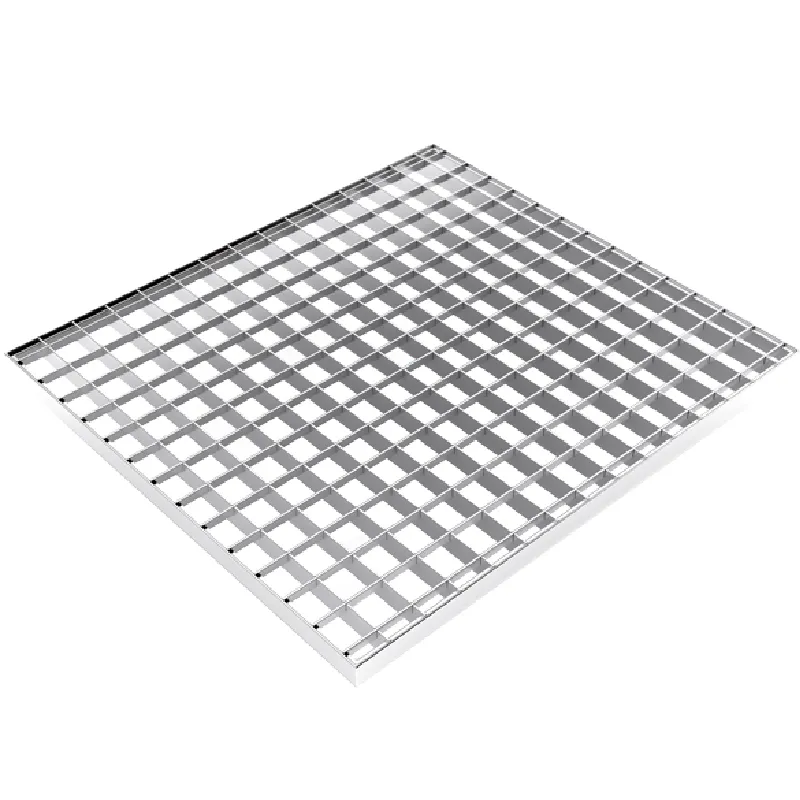- Industrial zone, South of Anping Town, Hengshui, Hebei, China.
- sales@hfpetromesh.com
- +86-18931809706
Affordable Options for Stainless Steel Bar Grating Prices and Purchasing Guide
Understanding Stainless Steel Bar Grating Prices
Stainless steel bar grating is a popular choice for a variety of industrial and commercial applications due to its durability, resistance to corrosion, and aesthetic appeal. Used primarily for walkways, platforms, and drainage covers, stainless steel bar grating is essential in many sectors, including manufacturing, construction, and infrastructure. However, the cost of stainless steel bar grating can vary significantly based on several factors.
Factors Influencing Stainless Steel Bar Grating Prices
1. Material Quality The type of stainless steel used plays a crucial role in determining the price. There are various grades of stainless steel, such as 304 and 316, which possess different properties. Grade 304 is commonly used for general purposes due to its good corrosion resistance. In contrast, Grade 316, which includes molybdenum, offers superior resistance to saltwater and harsh chemicals. Consequently, the higher the grade, the higher the cost.
2. Gauge and Thickness The thickness of the bars in the grating affects both its strength and price. Thicker bars can support more weight and are often more durable, making them suitable for heavy-duty applications. However, the increased material used translates to higher costs. Purchasing grating with a specific gauge that meets your load requirements can also impact the overall pricing.
3. Manufacturing Process The method used to manufacture stainless steel bar grating can influence the price. Processes such as welding or forging can add to the labor and equipment costs. The precision required in the manufacturing process also affects pricing; custom sizes or designs may further increase expenses.
4. Surface Finish Stainless steel bar grating can be found in different surface finishes, ranging from raw to polished. A polished finish not only enhances aesthetics but also improves corrosion resistance. The choice of finish will affect the final price, as additional processing is required for more refined surfaces.
stainless steel bar grating price

5. Size and Dimensions The dimensions of the grating, including length, width, and spacing between bars, will affect the cost. Custom sizes are often more expensive due to the additional labor and materials required. Standard sizes are typically more affordable and easier to source.
6. Quantity Purchased Like many products, the cost per unit of stainless steel bar grating decreases with larger volume purchases. This bulk pricing strategy incentivizes businesses to buy in quantity, especially for large projects.
7. Supplier and Location Market dynamics, including supplier pricing strategies and geographical location, can also impact the cost. Prices can vary between manufacturers or distributors, and shipping costs may add to the final price tag based on the distance from the supplier.
Comparing Prices
When searching for stainless steel bar grating, it is crucial to shop around and compare quotes from multiple suppliers. Consider not only the base price but also factors like shipping costs, lead times, and the reputation of the supplier. Requesting samples or detailed specifications can help ensure you are getting the best value while meeting quality standards.
Conclusion
Stainless steel bar grating is an investment that offers long-term durability and performance for various applications. Understanding the factors that influence its price can help you make informed decisions. By considering material quality, gauge, manufacturing processes, and more, buyers can navigate the market effectively and choose the right product for their needs without exceeding their budget. Investing time in research and comparison can ultimately lead to significant savings and improved project outcomes.
-
The Power of Pyramid Shaker Screen - A 3-Dimensional SolutionNewsOct.24,2024
-
Exploring the Versatility and Durability of Steel GratingNewsOct.24,2024
-
Revolutionizing Drilling Efficiency with Steel Frame Shaker Screens for Mud Shale ShakersNewsOct.24,2024
-
Potential of Shale Shaker ScreensNewsOct.24,2024
-
Offshore Pipeline Counterweight Welded Mesh - Reinforced Mesh in Marine EngineeringNewsOct.24,2024
-
Revolutionizing Offshore Pipeline Stability with Concrete Weight Coating MeshNewsOct.24,2024
